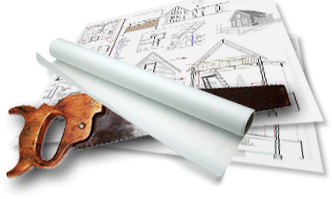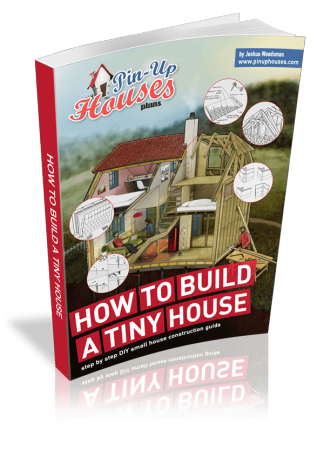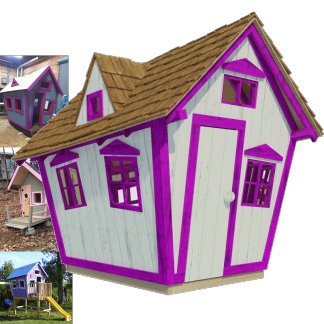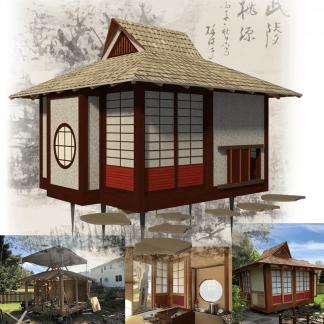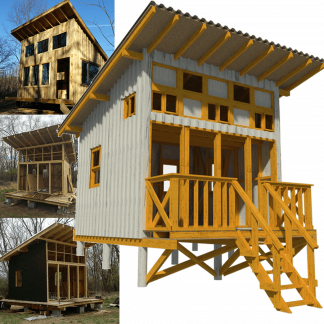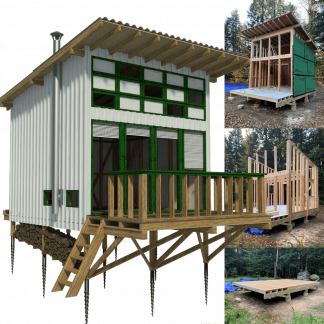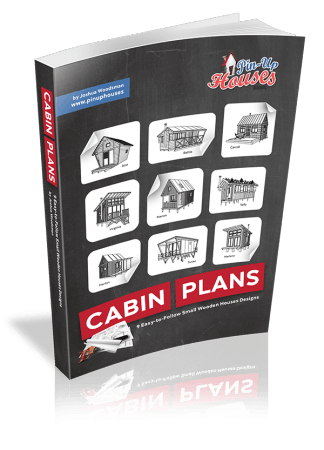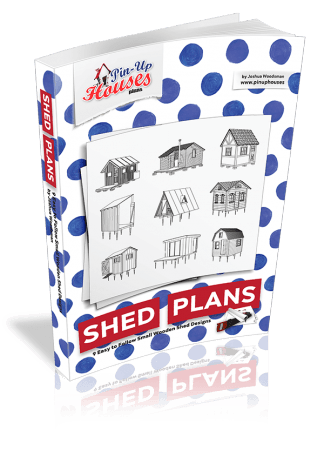Have you ever seen those photos of perfect little cabins in the woods? They’re so adorable that you almost expect a Disney character to walk out at any moment. Sleek, tiny homes parked by the lake with minimalist interiors where everything has a purpose and it all looks so simple and peaceful… It’s life-changing.
Idyllic, isn’t it? Until you trip over a dog bed and end up with your head down the toilet and an arm in the trash can. But you’re a trooper so you wash the toilet off your face and off you go, trying to work at your fold-out desk while your partner cooks two feet away. And then sauce ends up on your keyboard, so now your laptop forever smells like an Italian restaurant.
Living small is romantic until you’re actually doing it. What so many people get wrong is that the purpose of living small isn’t loving multi-functional furniture but understanding how much space you really need to be comfortable and, of course, sane.
If you get this wrong, hello toilet face and goodbye sanity.
Know Your Limits Before You Downsize
Small spaces aren’t for everyone and that’s okay. If you’re an introvert, a tiny cabin in the woods could sound like the best thing in the world because it’s quiet and there are no distractions. And can we talk about how easier it is to clean?
If you’re an extrovert, though, or you have a family, it can feel like living in a fishbowl where you have nowhere to escape. It’s all noise, all people, all day. If you want to stay sane, you absolutely have to make sure that there’s at least a corner somewhere where you can have some kind of a private zone. Architects who design tiny homes often stress that a well-placed partition or clever layout isn’t just about aesthetics but also about giving people the room to breathe.
Before you decide to downsize, take a look at your daily habits and be honest with yourself. Do you need space for hobbies? Do you entertain a lot? Do you need a separate home office so your laptop can’t be hit with sauce projectiles? The more you understand your limits, the better your chance of enjoying small living and not feeling trapped.
How to Transition to a Smaller Home
This won’t be a change in the physical sense only, but also a big change in lifestyle. You’ll need planning and patience to make it work, but it’s totally doable if you take it one step at a time.
Here’s what to think about.
- Declutter and Prioritize Essentials
Go through the stuff you’ve accumulated over the years and see what you actually need. Downsizing means letting go of things that won’t fit or serve a purpose in your new space. Start early and go room by room to make it more manageable.
Make sure to only keep what’s functional, meaningful, or versatile. Remember that the goal isn’t to get rid of everything but to create a smaller collection of belongings that fit your future home.
- Try Living Small Before You Commit
Before you start to even research sites to try to sell your house, test the waters. Book a stay in a small Airbnb, cabin, or even a camper for a few weeks. A trial run is always a good idea because it gives you a sense of what day-to-day life feels like in limited square footage.
You’ll notice the little things, like how often you bump into furniture or if you miss having a separate room for an office.
The insights you get here will help you design a small home that works for you. Once you do start researching websites, you’ll likely end up on one like this one: https://www.texassellmyhouse.com/sell-my-house-fast-dallas-tx/. Check where they operate, check their terms and conditions, and go with the one that suits you best and can get money into your hands the fastest. You don’t want to be stuck in a waiting game or in complicated paperwork.
If you’ve decided to sell, you want it sold ASAP. These businesses that buy the property right off your hands are ideal for someone in your situation.
- Plan Your Budget
It’s generally more affordable to buy or build a small home than a traditional house, but it’s still not cheap by any means. Think of materials, labor, land, and utilities and consider them when planning your budget. Also, think about whether you want to build from scratch or buy a prebuilt tiny home.
Both options have their pros and cons – building gives you the chance to customize everything, but it takes a bit longer.
Prebuilt homes, on the other hand, are faster but not nearly as flexible.
- Check Local Laws and Utilities
Not every area likes tiny homes. Zoning laws, building codes, and access to utilities can limit where you can place a small structure. Check your local regulations early so there are no unpleasant surprises down the line. If you’re thinking about off-grid living, plan for essentials like water, power, and waste management.
This step will take a good chunk of your time, but it’s critical for turning your tiny house dream into a legal, functional reality.
Conclusion
Cramming your life into a shoebox isn’t how you live small unless you want to end up in therapy. Or anger management. Or both. You’ll have to stretch your creativity and design a space that truly fits your way of life.
Sure, there will be moments where you wonder why you thought this was a good idea, but there will also be mornings where you wake up, look around your perfect little home, and realize you don’t miss the clutter (or the mortgage).

